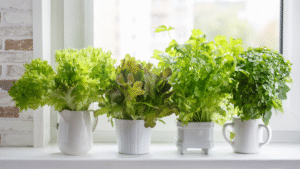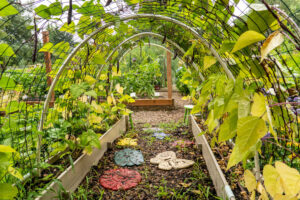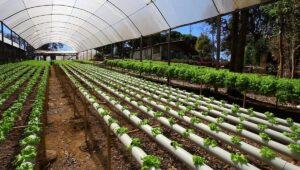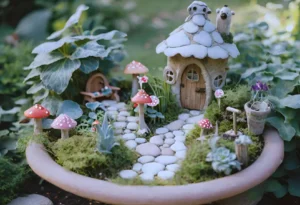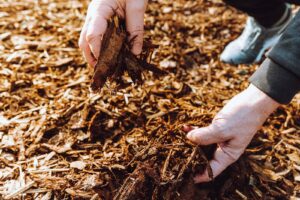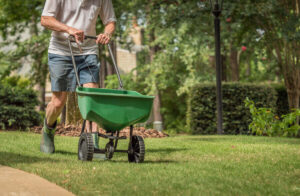Benefits of Composting and How to Start
In today’s environmentally conscious world, composting stands out as one of the most impactful ways you can reduce your carbon footprint while creating something valuable for your garden. Whether you have a sprawling backyard or a tiny apartment balcony, composting offers numerous benefits for both your household and the planet. This comprehensive guide explores why composting matters and provides actionable steps to help you get started on your composting journey.
Why Composting Matters
Environmental Benefits of Composting
When you toss food scraps and yard waste into the trash, they end up in landfills where they decompose anaerobically (without oxygen), producing methane—a greenhouse gas approximately 25 times more potent than carbon dioxide. According to the U.S. Environmental Protection Agency (EPA), food scraps and yard waste together constitute about 30 percent of what Americans throw away. By composting these materials instead, you can significantly reduce waste and greenhouse gas emissions.
Composting creates a closed-loop system in your home, turning what would be waste into a valuable resource. This natural recycling process mimics and accelerates what happens in forest floors, where fallen leaves and organic matter break down to nourish the soil.
Soil Health and Garden Benefits
Compost is often called “black gold” by gardeners, and for good reason. When you add compost to your garden, you’re introducing a powerful soil amendment that:
- Improves soil structure, helping it retain moisture while also improving drainage
- Adds essential nutrients that release slowly, providing long-term nourishment for plants
- Increases beneficial microbial activity in the soil ecosystem
- Helps suppress plant diseases and pests naturally
- Reduces the need for chemical fertilizers, pesticides, and fungicides
- Enhances soil carbon sequestration, helping fight climate change
Research published in the Journal of Environmental Management found that soils amended with compost showed a 20-40% increase in water retention capacity compared to non-amended soils. This means less watering for you and healthier plants, even during dry spells.
Economic Benefits
Beyond the environmental advantages, composting can save you money in several ways:
- Reduced garbage bills from less waste going to landfills
- Lower water bills due to improved soil water retention
- Decreased spending on store-bought fertilizers, soil amendments, and pesticides
- Potential savings on municipal waste management costs as communities divert organic waste from landfills
A study by the Institute for Local Self-Reliance found that communities with robust composting programs saved an average of $35 per ton in waste management costs compared to landfilling.
Composting By The Numbers
The impact of composting extends far beyond your garden. Understanding the data helps illustrate just how powerful this simple practice can be when adopted widely:
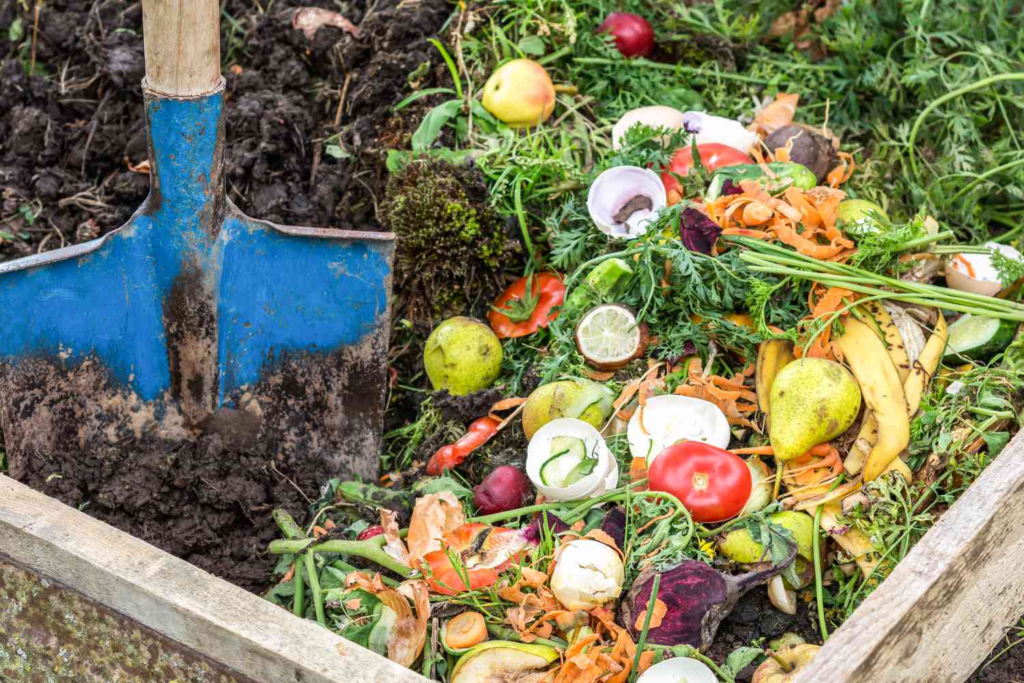
| Composting Metric | Data Point | Source |
|---|---|---|
| Food waste in U.S. landfills annually | 35 million tons | EPA |
| Percentage of landfill material that could be composted | 30-40% | EPA |
| Methane reduction potential from composting food waste | 2.6 million tons CO2 equivalent | EPA |
| Water-holding capacity increase in compost-amended soil | 20-40% | Journal of Environmental Management |
| Average compost production per household annually | 650 pounds | BioCycle Magazine |
| Potential fertilizer cost savings for home gardeners | $75-200 annually | Cornell Waste Management Institute |
| Reduction in plant disease occurrence with compost use | 25-50% | USDA Agricultural Research Service |
| Number of U.S. communities with curbside compost collection | 326 and growing | BioCycle |
How to Start Composting
Getting started with composting is easier than you might think. The key is choosing the right method for your living situation and lifestyle.
Assessing Your Space and Needs
Before diving into composting, take a moment to consider:
- Available space: Do you have a yard, patio, balcony, or just kitchen counter space?
- Climate: Your local weather patterns will influence your composting method
- Time commitment: How much time can you dedicate to maintaining your compost?
- Types of waste: What organic materials do you typically generate?
Based on these factors, you can choose from several composting methods:
Outdoor Composting Methods
Traditional Backyard Composting
If you have yard space, a traditional compost pile or bin is an excellent option. According to the U.S. Department of Agriculture, a successful outdoor compost system follows these principles:
What You’ll Need:
- A dedicated space (3×3 feet minimum)
- A bin or containment system (optional but recommended)
- Brown materials (carbon-rich): leaves, cardboard, newspaper, wood chips
- Green materials (nitrogen-rich): fruit/vegetable scraps, coffee grounds, fresh grass clippings
- Water source
- Turning tool (pitchfork or compost aerator)
Getting Started:
- Choose a dry, shady spot near a water source for your compost pile or bin
- Layer brown and green materials, aiming for a ratio of about 3 parts browns to 1 part greens
- Moisten dry materials as you add them
- Turn your compost pile every few weeks to accelerate decomposition
- In 3-12 months (depending on conditions and maintenance), your compost will be ready to use
Trench Composting
This low-maintenance method involves burying organic waste directly in your garden:
- Dig a trench 8-12 inches deep between rows of plants or in areas you plan to plant next season
- Add food scraps and garden waste
- Cover with soil
- The materials decompose directly in the soil without requiring turning or monitoring
Leaf Mold Composting
If you have deciduous trees on your property, leaf mold composting is incredibly simple:
- Collect fallen leaves in autumn
- Create a pile or fill a contained area with the leaves
- Keep them moist and wait 6-24 months
- The result is leaf mold—a fantastic soil amendment particularly good for moisture retention
Indoor Composting Methods
Limited outdoor space doesn’t mean you can’t compost. These indoor methods work well for apartment dwellers:
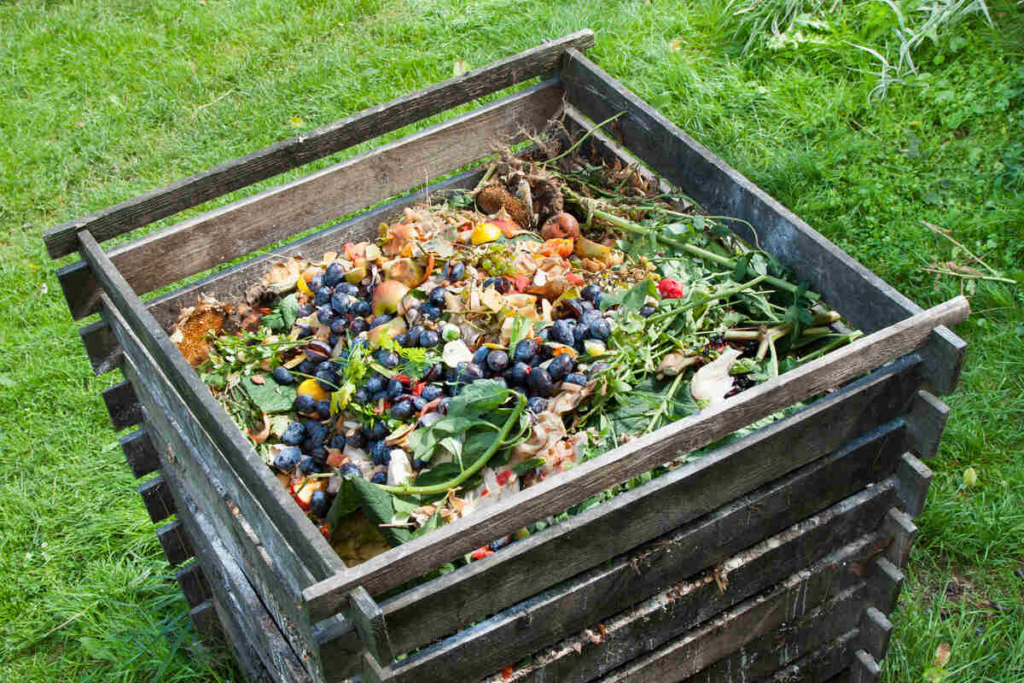
Vermicomposting (Worm Composting)
Worm bins can be kept indoors year-round and process food scraps efficiently:
What You’ll Need:
- A worm bin (purchased or DIY)
- Red wiggler worms (Eisenia fetida)
- Bedding material (shredded newspaper, cardboard)
- Food scraps (no meat, dairy, oils)
Getting Started:
- Set up your bin with moistened bedding material
- Add your worms (approximately 1 pound of worms for every square foot of surface area)
- Bury food scraps under the bedding
- Harvest castings every 3-6 months
The EPA’s composting guide provides detailed instructions for setting up a worm bin properly.
Bokashi Composting
This fermentation-based method uses beneficial microorganisms to break down all food waste, including meat and dairy:
- Layer food waste and bokashi bran in an airtight bucket
- Drain liquid every few days (this makes excellent plant fertilizer when diluted)
- After 2 weeks, bury the fermented waste in garden soil or add to a traditional compost pile
Electric Composters
For the tech-savvy composter with limited space, electric composters offer a convenient solution:
- These countertop devices use heat and agitation to quickly break down food waste
- Most can process a batch of scraps in 24-48 hours
- The resulting material is significantly reduced in volume and ready to add to plants
While more expensive upfront ($300-500), they offer convenience for urban dwellers with limited space.
What to Compost: The Dos and Don’ts
Compostable Materials
Browns (Carbon-Rich):
- Dry leaves
- Branches and twigs
- Paper and cardboard (non-glossy)
- Eggshells
- Nutshells
- Coffee filters
- Dryer lint (from natural fabrics)
- Sawdust (from untreated wood)
- Corn stalks and cobs
Greens (Nitrogen-Rich):
- Fruit and vegetable scraps
- Coffee grounds
- Tea bags (remove staples)
- Fresh grass clippings
- Plant trimmings
- Hair and fur
- Manure from herbivores (chicken, rabbit, horse)
What to Avoid
Keep these materials out of your compost to prevent odors, pests, and potential pathogens:
- Meat, fish, and poultry scraps
- Dairy products
- Eggs (shells are fine)
- Oils and fats
- Diseased plants
- Weeds with seed heads
- Pet waste from carnivores
- Pressure-treated or painted wood
- Glossy or coated paper
- Plants treated with pesticides
Troubleshooting Common Composting Issues
Even experienced composters encounter challenges. Here’s how to address common problems:
Odor Problems
Symptom: Foul, ammonia-like smell Cause: Too many nitrogen-rich materials, too wet, or compacted Solution: Add carbon-rich browns, turn the pile to increase airflow, and cover food scraps with browns
Slow Decomposition
Symptom: Materials not breaking down Cause: Pile too dry, pieces too large, or cold weather Solution: Add water, chop materials into smaller pieces, insulate in cold weather, and turn more frequently
Pests
Symptom: Presence of rodents, flies, or other unwanted visitors Cause: Improper materials (meat/dairy) or food scraps too accessible Solution: Remove problematic materials, bury food scraps in the center of the pile, and use a rodent-resistant bin
Too Wet or Too Dry
Symptom: Soggy pile or bone-dry materials Cause: Imbalance of materials or weather conditions Solution: For wet compost, add dry browns and turn; for dry compost, add water while turning
Taking Your Composting to the Next Level
Once you’ve mastered the basics, consider these advanced techniques:
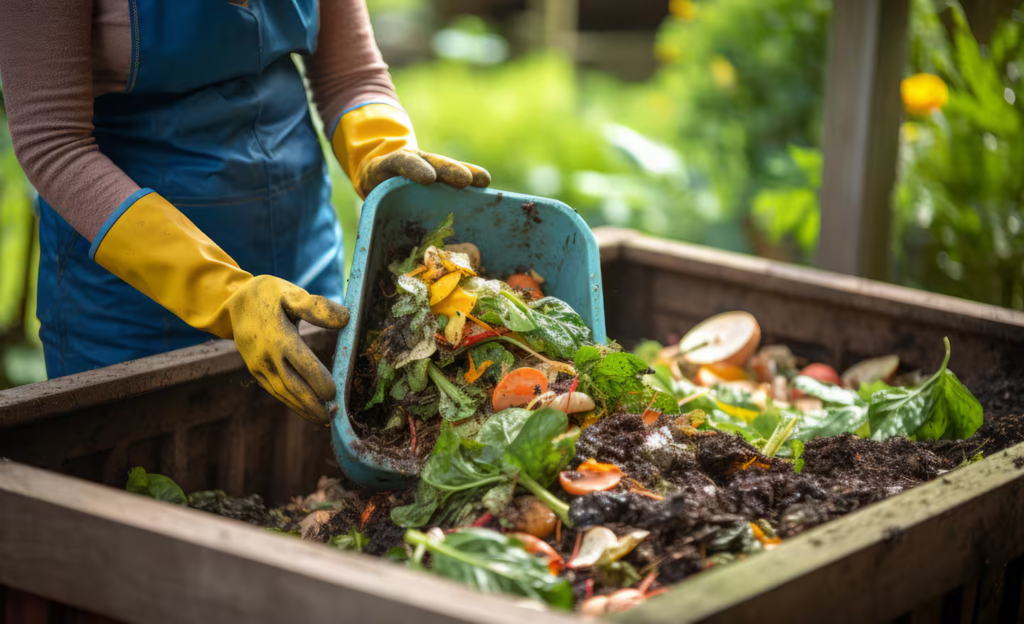
Compost Tea
This nutrient-rich liquid fertilizer is made by steeping finished compost in water:
- Place a cupful of finished compost in a gallon of water
- Let steep for 24-48 hours, stirring occasionally
- Strain and use to water plants for a nutrient boost
Seasonal Considerations
Adapt your composting practices throughout the year:
- Spring: Add slow-release nitrogen sources like alfalfa meal to jump-start decomposition
- Summer: Monitor moisture levels closely during hot weather
- Fall: Collect and store fallen leaves to use as carbon material year-round
- Winter: Insulate your pile with straw or use a closed bin to maintain decomposition
Community Composting
If maintaining your own compost system seems daunting, look for community options:
- Many cities offer curbside compost collection
- Community gardens often accept compost contributions
- Some farmers’ markets have compost drop-off points
- Local farms may welcome properly sorted food scraps
Check the USDA’s Community Composting page for resources in your area.
The Bigger Picture: Composting and Sustainability
Your personal composting efforts contribute to larger environmental goals:
- Circular Economy: Composting embodies circular economy principles by turning “waste” into resources
- Climate Action: Diverting organics from landfills reduces methane emissions
- Soil Health: Building healthy soils increases carbon sequestration
- Water Conservation: Compost-amended soils require less irrigation
According to the EPA, if all Americans composted their food scraps, the greenhouse gas reduction would be equivalent to taking 7.8 million cars off the road.
Conclusion
Composting represents one of the most accessible ways to take meaningful environmental action right from your home. By diverting organic waste from landfills and creating nutrient-rich soil amendments, you’re participating in nature’s perfect recycling system while helping address pressing environmental challenges.
Whether you choose a backyard bin, worm composting, or community drop-off, the important thing is to start somewhere. Your compost journey will not only produce “black gold” for your garden but will connect you more deeply to natural cycles and sustainable living practices.
As you watch your first batch of compost transform from kitchen scraps to dark, rich soil, you’ll experience firsthand the satisfaction of completing the cycle—turning what would have been waste into new life and growth. That’s the true magic of composting.

